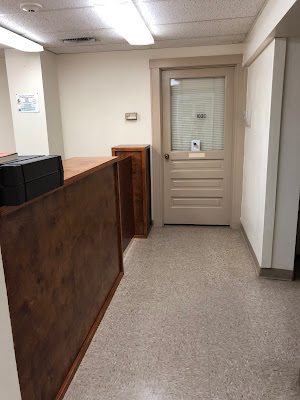For the last 50 years the Tower of the Americas has been a distinguishing landmark of the downtown San Antonio skyline. Built as a part of the 1968 HemisFair it has remained an integral part of the community; most of HemisFair is long gone and soon new construction will bring further changes to this area now known as HemisFair Park.
From the base to the top of the radio tower the Tower measures 750 feet. An elevator makes continual runs to the restaurant, bar, and observation deck, but if you feel challenged you can take the stairs - all 952! The views from the elevator are spectacular and the ride is about 2 minutes. The restaurant revolves and gives a panoramic view of the city, sunset is an time excellent to dine.
HemisFair '68 was financed with a combination of public funds and private underwriting; however, it was not without controversy. Developing the 92.6-acre site required the demolishment of an entire neighborhood that generated much opposition. HemisFair architect O'Neill Ford would be relieved of his duties as primary architect because his plan was to save 120 of the historic homes, churches, and businesses that comprised this neighborhood. Fair planners were not pleased with his intentions, but Federal funding was released only after an amendment was passed that required them to save as many structures as possible; only twenty would be preserved.
According to the San Antonio Conservation Society, the development project displaced a total of 2,239 residences and 686 businesses. It also demolished 1,349 structures and either changed or erased two dozen existing streets. (retrieved from Texas State Handbook online 4/20/2018)Another controversy swirled when Congressman Henry B. Gonzalez questioned the bidding process for the Tower and withheld Federal funding until the bids were re-offered. Finally groundbreaking took place on August 6, 1966.
When the Tower opened to the public April 11, 1968 the fair had already been open for a few days. Construction materials and workers greeted visitors arrived at the top of the Tower. The concrete base was built from the ground up and the clubhouse built on the ground and then hoisted up to be secured in place. An interesting slide show of the construction can be found here.
After many years of enchanting visitors the Tower closed and underwent a major remodeling, re-opening in 2006. The current restaurant contract holder, Landry's, also added a gift shop and small cafe at ground level. Today's Tower of the Americas is very different in some ways, but still offers the same thrilling elevator ride and 360 degree view of a growing city.






















